In the future, berklocene may help humanity to safely dispose of nuclear waste.
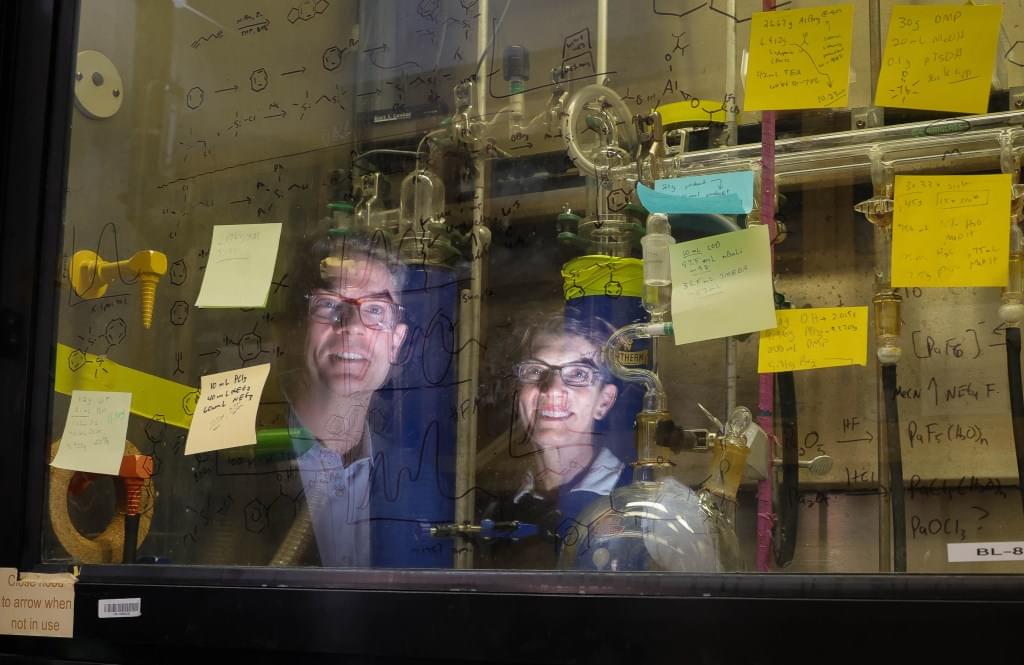

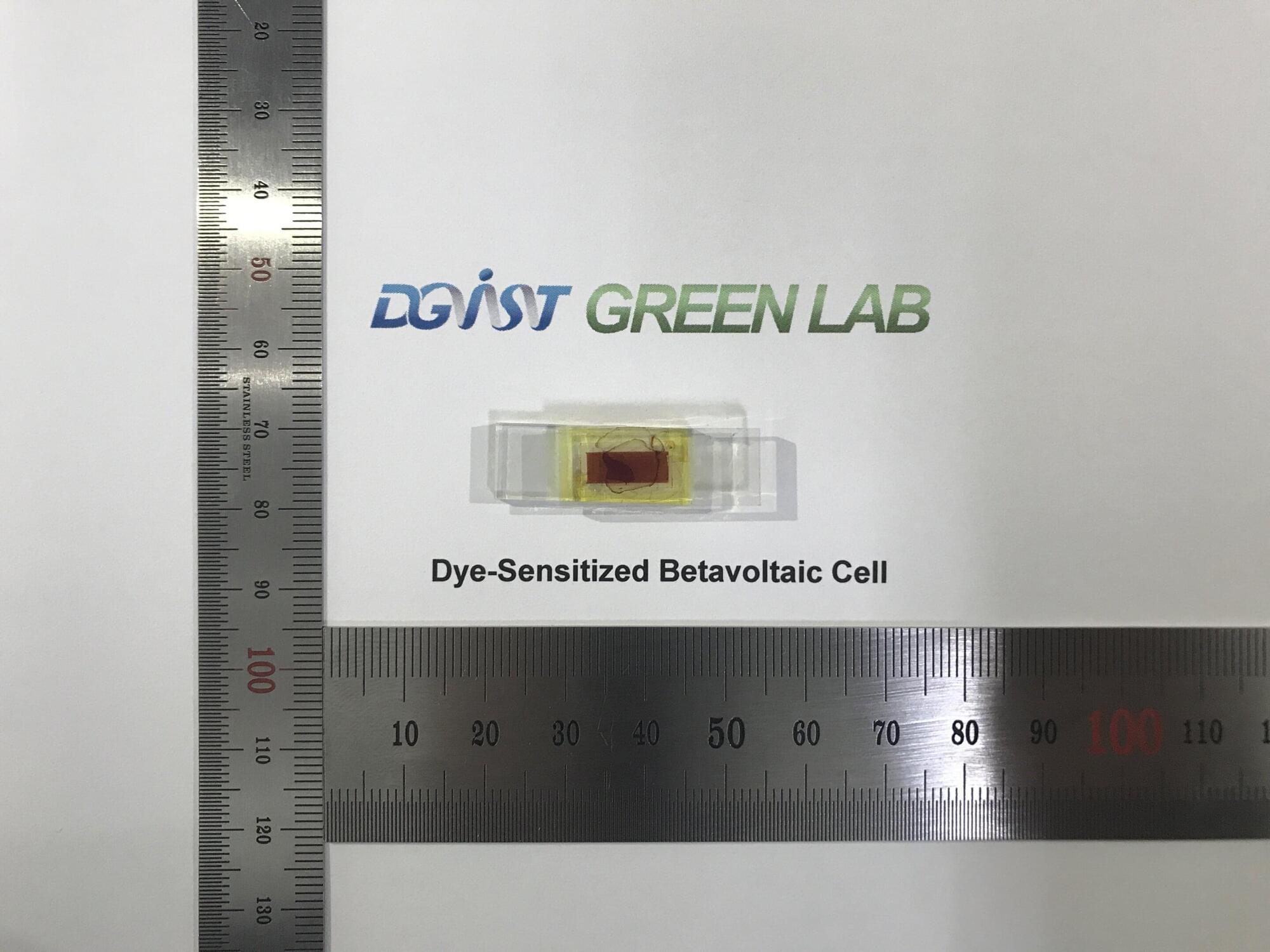
Sometimes cell phones die sooner than expected or electric vehicles don’t have enough charge to reach their destination. The rechargeable lithium-ion (Li-ion) batteries in these and other devices typically last hours or days between charging. However, with repeated use, batteries degrade and need to be recharged more frequently.
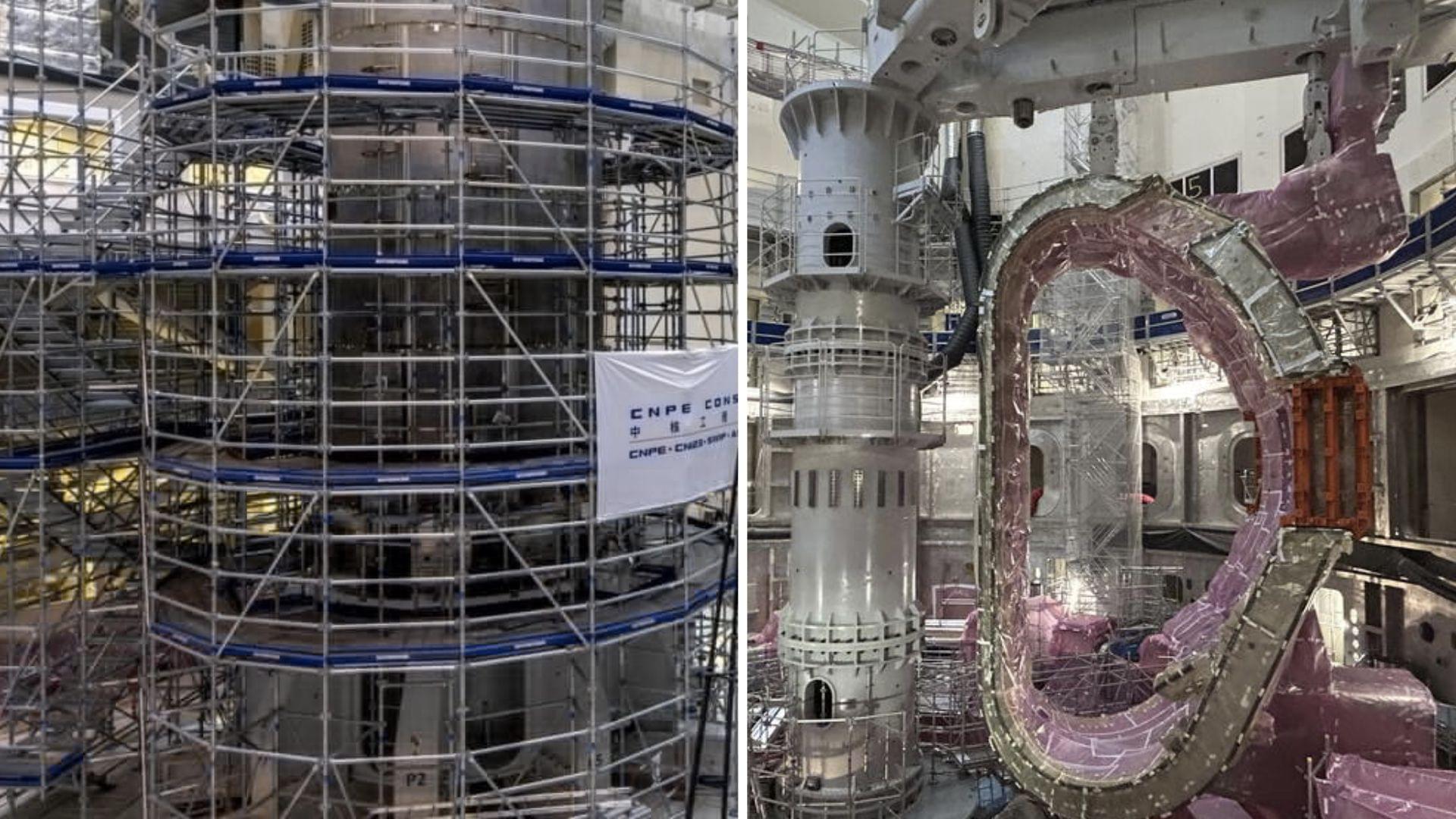
Fusion is inching closer to reality with continuous development in this field as the United States Domestic Agency for the International Thermonuclear Experimental Reactor (ITER) recently completed the delivery of critical components for the support structure of central solenoid.
Described as an exoskeleton, or a cage, the support structure surrounds the central solenoid, which is a 60-foot-tall superconducting magnet at the heart of the ITER fusion machine.
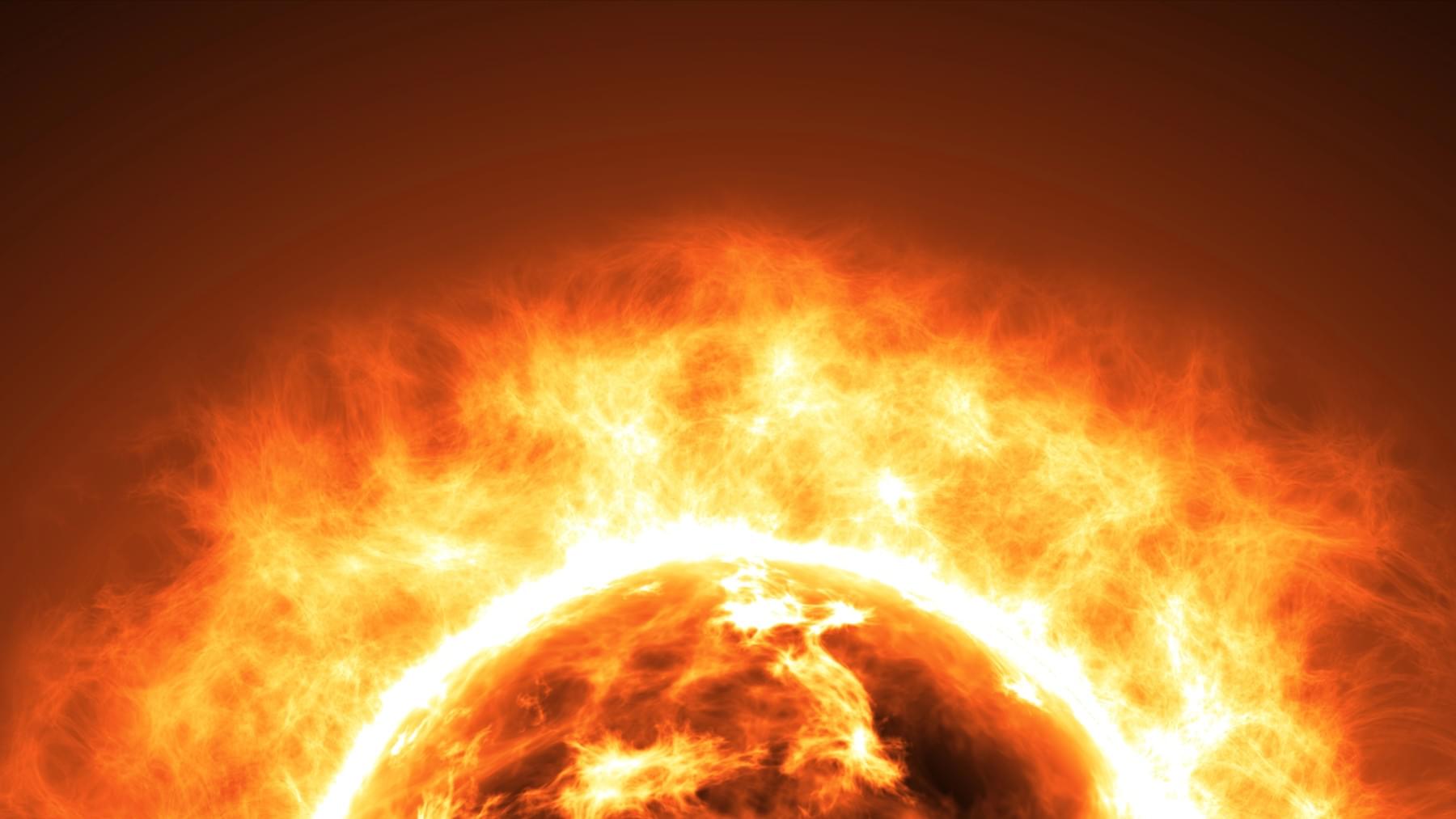

The goal of enabling extended deep-space exploration is driving NASA, space agencies, and private players to explore nuclear power solutions.
Recently, two Southern California-based startups, Exlabs and Antares Nuclear, announced a partnership to advance deep-space missions with nuclear-powered spacecraft.
SpaceNews reported that the Exlabs’ Science Exploration and Resource Vehicle (SERV) spacecraft will be equipped with Antares microreactors.
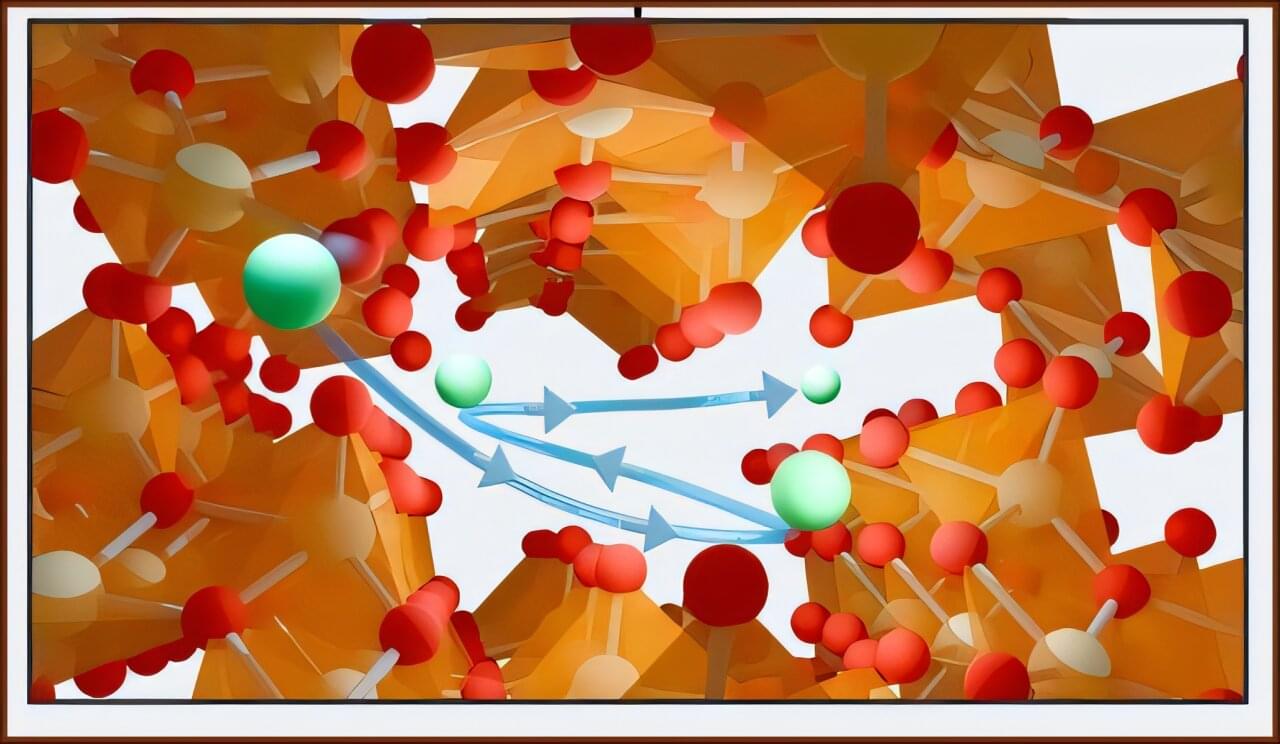
Lithium-6 is essential for producing nuclear fusion fuel, but isolating it from the much more common isotope, lithium-7, usually requires liquid mercury, which is extremely toxic. Now, researchers have developed a mercury-free method to isolate lithium-6 that is as effective as the conventional method. The new method is presented in the journal Chem.
“This is a step towards addressing a major roadblock to nuclear energy,” says chemist and senior author Sarbajit Banerjee of ETH Zürich and Texas A&M University. “Lithium-6 is a critical material for the renaissance of nuclear energy, and this method could represent a viable approach to isotope separation.”
The conventional method used to isolate lithium-6, called the COLEX process, involves liquid mercury and has been banned in the United States since 1963 due to pollution concerns.
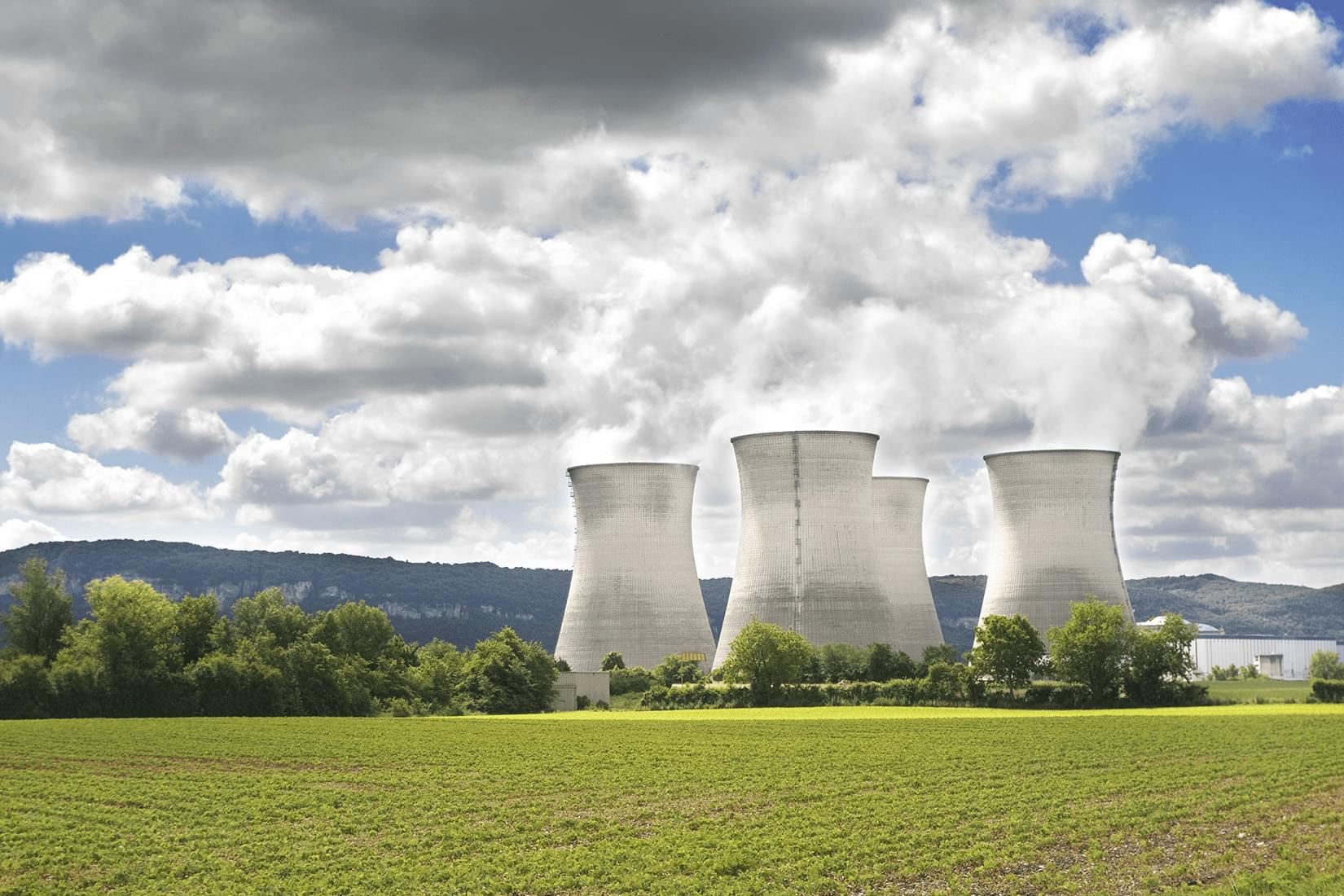
IINA provides ongoing analysis of international affairs both by region—such as North America, China, and Europe—and by such topics as human security, nontraditional security threats, and cyber security. The articles on this site, written by experts at the Sasakawa Peace Foundation and guest contributors, are carefully selected for their objectivity, accuracy, timeliness, and relevance for Japan.
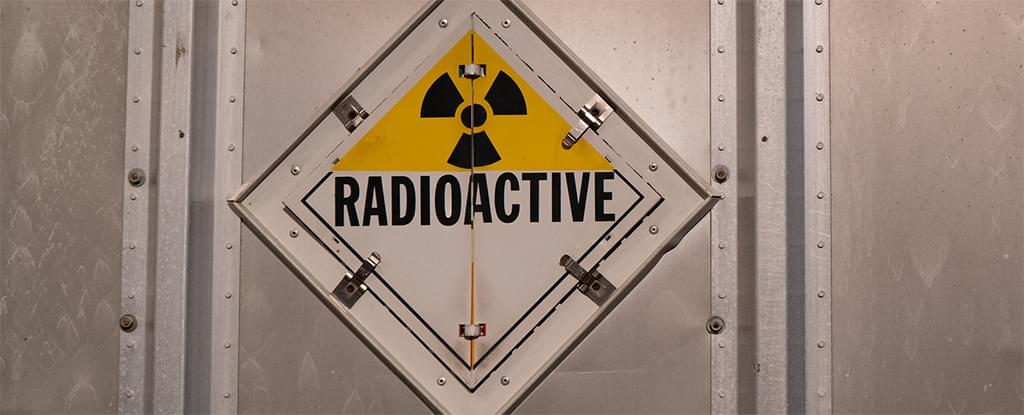
Since it was first synthesized in a post-WW2 American lab in 1949, berkelium has been a rebel of the periodic table, defying quantum mechanics and taking on an extra positive charge that its relatives would never.
Now, a team of scientists from berkelium’s alma mater, Lawrence Berkeley National Laboratory, has wrangled the elusive element into a rare partnership with carbon that will enable them to study it in more detail.
Thanks to challenges involved in producing and safely containing the heavy element, few chemists have had the privilege of dealing with berkelium. Just one gram of the stuff can cost a boggling US$27 million. For this experiment, just 0.3 milligrams of berkelium-249 was required.
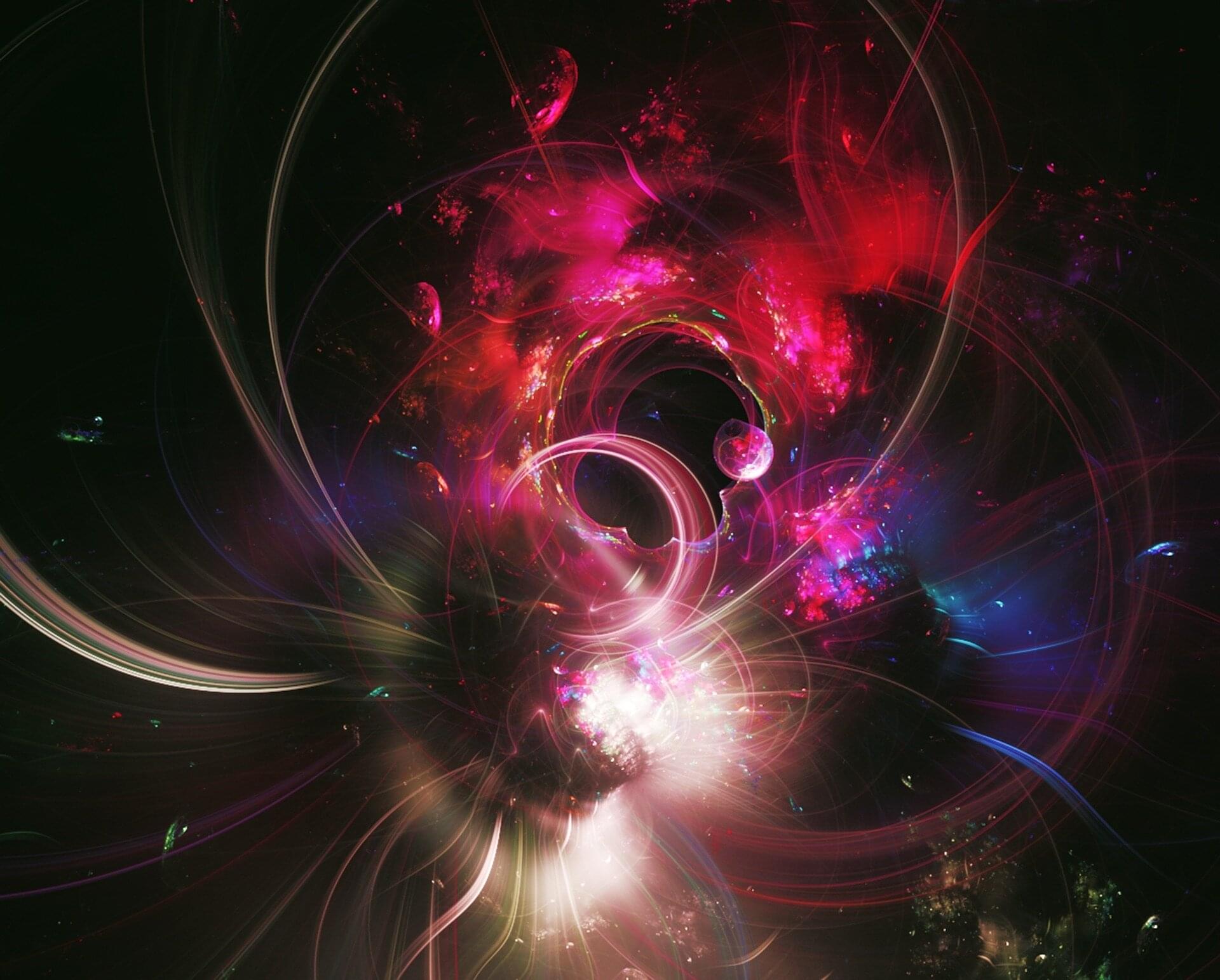
Physicists have measured a nuclear reaction that can occur in neutron star collisions, providing direct experimental data for a process that had previously only been theorized. The study, led by the University of Surrey, provides new insight into how the universe’s heaviest elements are forged—and could even drive advancements in nuclear reactor physics.
Working in collaboration with the University of York, the University of Seville, and TRIUMF, Canada’s national particle accelerator center, the breakthrough marks the first-ever measurement of a weak r-process reaction cross-section using a radioactive ion beam, in this case studying the 94 Sr(α, n)97 Zr reaction. This is where a radioactive form of strontium (strontium-94) absorbs an alpha particle (a helium nucleus), then emits a neutron and transforms into zirconium-97.
The study has been published in Physical Review Letters.